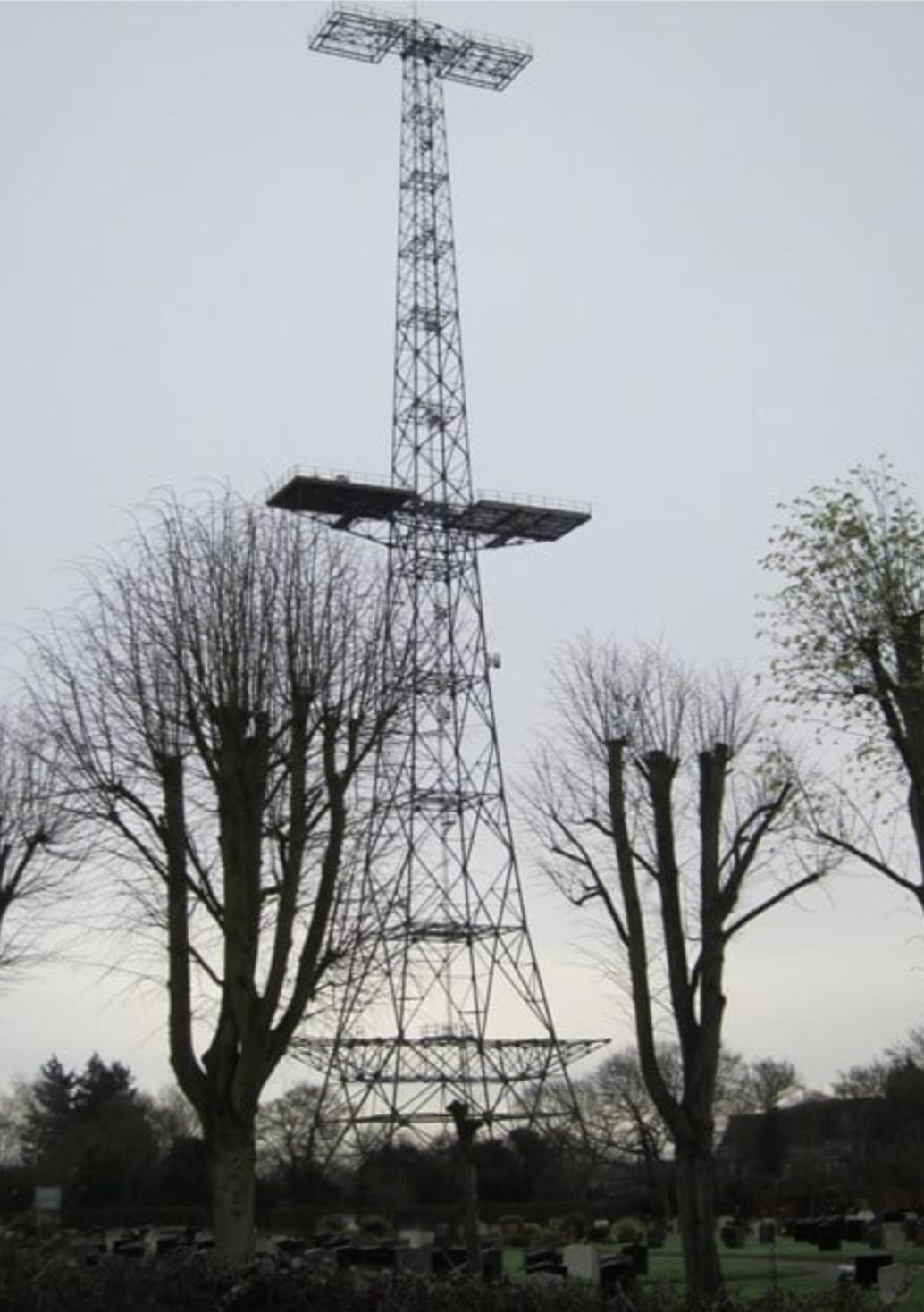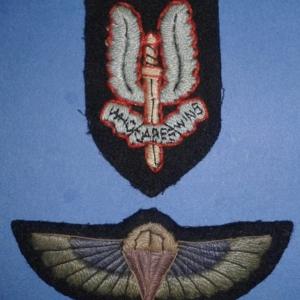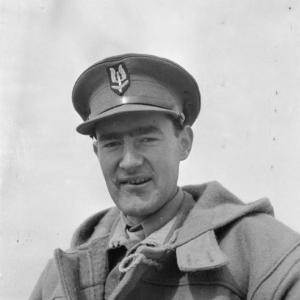
Chain Home radar defences
The Chain Home radar system, developed by Britain in the late 1930s, was the world’s first operational early warning radar network. It played a crucial role in the defense of the United Kingdom during the Second World War, particularly during the Battle of Britain in 1940. Its main purpose was to detect incoming enemy aircraft and give the Royal Air Force (RAF) time to prepare and intercept before the enemy could reach its targets. Chain Home represented a revolutionary shift in air defense, giving Britain a vital technological advantage at a critical moment in the war.
The idea of detecting aircraft using radio waves had been considered as tensions rose in Europe during the 1930s. British scientists, most notably Sir Robert Watson-Watt, were tasked with exploring whether radio technology could be used to detect aircraft. In 1935, a successful demonstration showed that a bomber could be detected using radio pulses. This led to rapid development of a network of radar stations known as Chain Home. These stations were built primarily along the eastern and southern coasts of Britain and became operational by 1938, just before the outbreak of war.
Each Chain Home station was made up of several tall transmitter towers, which could reach up to 350 feet in height, and separate receiver towers that picked up the returning radio signals. The radar worked by sending out a burst of radio waves which would bounce off any aircraft in the area and return to the receiver. From the time delay and signal strength, operators could estimate the range and direction of the approaching aircraft. Though crude by modern standards, these stations could detect aircraft at ranges up to 120 miles and altitudes of up to 25,000 feet, providing valuable early warning.
Chain Home was not used in isolation. It was part of a larger command and control system known as the Dowding System, named after Air Chief Marshal Sir Hugh Dowding. Radar data from Chain Home was sent to central filter rooms, where the information was cross-checked and organized. It was then passed to Group Headquarters and local Sector Stations, where it was used to coordinate fighter responses. RAF squadrons could be scrambled only when necessary and guided directly to incoming threats, conserving fuel and manpower.
During the Battle of Britain, Chain Home proved to be one of the most decisive factors in Britain’s success. The German Luftwaffe launched a massive bombing campaign aimed at achieving air superiority ahead of a planned invasion. Without radar, the RAF would have been forced to rely on visual sightings and spotters, reacting only when enemy aircraft were already overhead. Instead, thanks to Chain Home, RAF controllers could see incoming raids while they were still over France or the English Channel. This allowed British fighters to intercept at optimal moments and locations, often before bombs were dropped.
Although the Germans eventually realized the British had radar, they did not fully understand its effectiveness or integration into the larger air defense system. As a result, they initially failed to target radar stations. Even when they did, the Chain Home sites proved surprisingly resilient, and damaged stations were usually repaired quickly.
Despite its strengths, the system had limitations. It was less effective at detecting low-flying aircraft, which prompted the development of a secondary system known as Chain Home Low. It also lacked precision in determining aircraft altitude and type. However, the integration of multiple radar inputs and observer reports allowed these shortcomings to be partially overcome.
Chain Home was a pioneering achievement that shaped the future of warfare. By giving Britain early warning and coordinated defense capabilities, it prevented the Luftwaffe from gaining air superiority and helped stave off invasion. Its influence extended far beyond the war, laying the groundwork for modern radar systems and air defense strategies. More than just a technological breakthrough, Chain Home was a key element in Britain’s survival and eventual victory in the Second World War.










